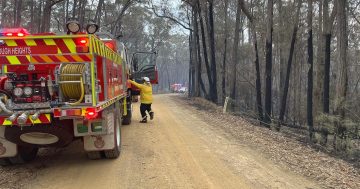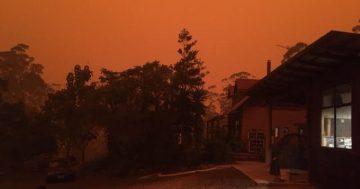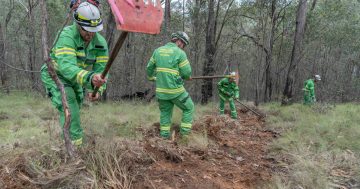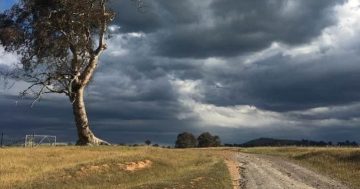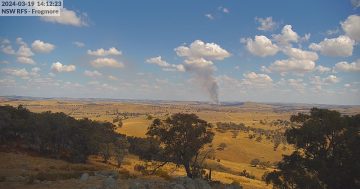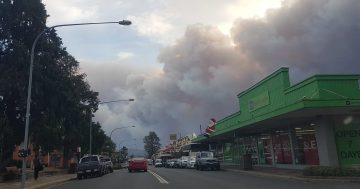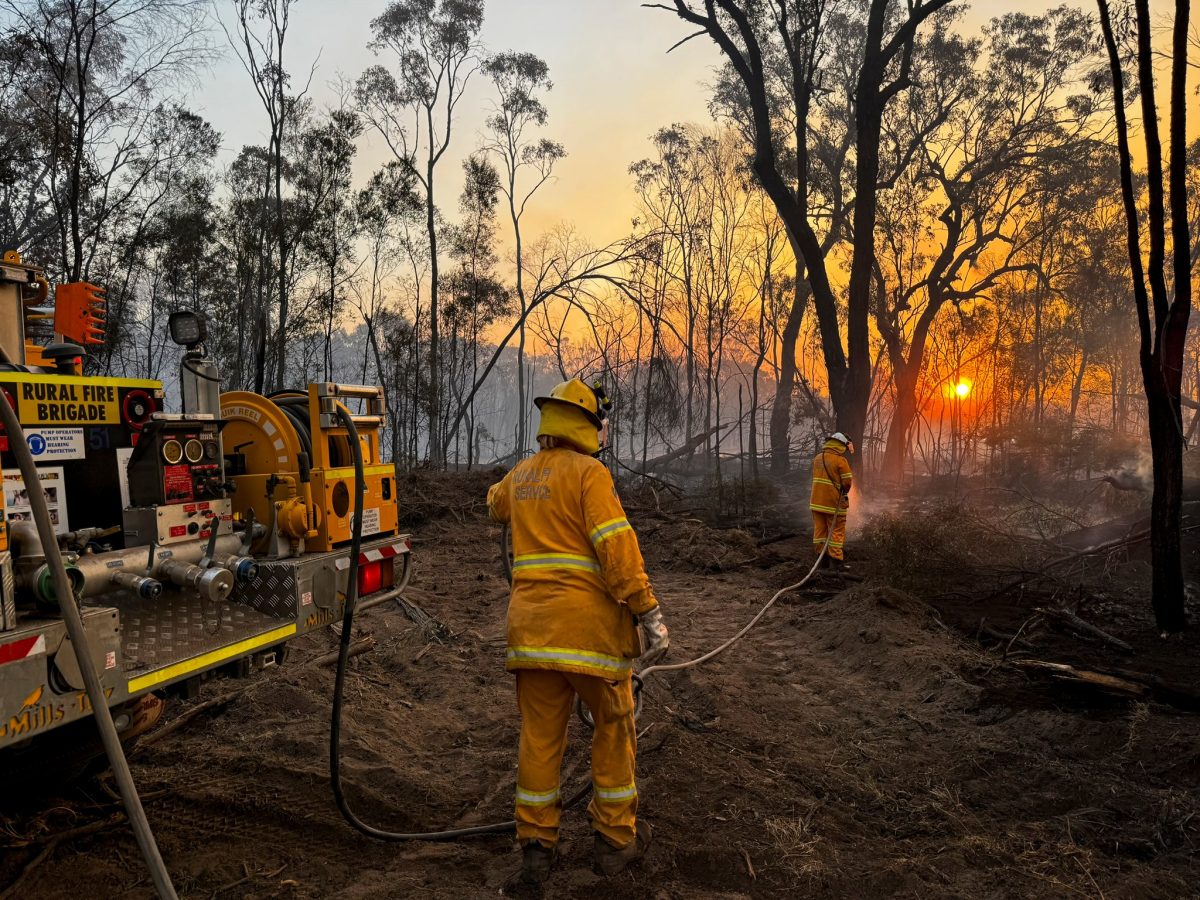
The Queensland Fire Department is urging people to keep up to date with current bushfire warnings and incidents. Photo: QFD.
Former Queensland Fire Commissioner Lee Johnson AFSM is calling on the state to prepare ahead of the impending bushfire season, which is expected to be not only more dangerous but also less predictable.
The former firefighter (1975-2015) is a founding member of Emergency Leaders for Climate Action (ELCA), a collective of 38 ex-senior Australian fire and emergency service leaders. In collaboration with the Climate Council, they have published a new report showing the country’s most disaster-prone state is set to face increasingly severe fires, heatwaves and floods.
“Queensland is known as a cyclone state, but it is increasingly a bushfire state as climate pollution fuels more extreme and erratic weather conditions,” Mr Johnson said. “Last year was the state’s most destructive fire season on record, with more than 1000 blazes burning in October.
“The town of Tara, Western Downs, lost 59 homes to fires, more than were lost in the whole state during the Black Summer bushfires.”
Earlier last month (4 September), the National Council for Fire and Emergency Services (AFAC) released its Spring 2024 Seasonal Bushfire Outlook.
It predicted a fire risk for large parts of North Queensland, including for Cape York, Peninsula areas and the Tropical Coast, as well as central and southern areas, particularly the Darling Downs.
Queensland is likely to see grassland fire activity during early spring, which may spread into the open and exposed forested country across the northern, central, and southern interior of the state as winter drying conditions continue.
Residual groundwater in the forested parts of the southern Queensland border may reduce the potential for elevated fire activity in early spring.
Despite the rainfall outlook, high fuel loads can increase fire risk, and ideal growing conditions experienced in the central and north-western parts of the state have already resulted in increased fire activity across these regions as conditions combine with the early above-average spring heat.

The Cape York and Peninsula areas and adjacent Tropical Coast are likely to see a return to a dry seasonal condition, which will bring an increase in fire activity. This activity is likely to be more intense in grassland areas due to the increased fuel loadings resulting from unseasonable late-autumn and winter rainfall. Source: AFAC.
Amid the Queensland election, Mr Johnson is demanding the next government stop approving new coal and gas projects, but also grow the state’s firefighting capacity, particularly volunteers.
“The Queensland Government has taken positive steps in shifting the state towards a future focused on renewable energy and clean manufacturing, but it can’t have it both ways,” Mr Johnson said.
“With the Queensland election campaign underway and the fire season already on our doorstep, now is the perfect time for all political parties to commit to cutting climate pollution and supporting communities facing unnatural disasters.”
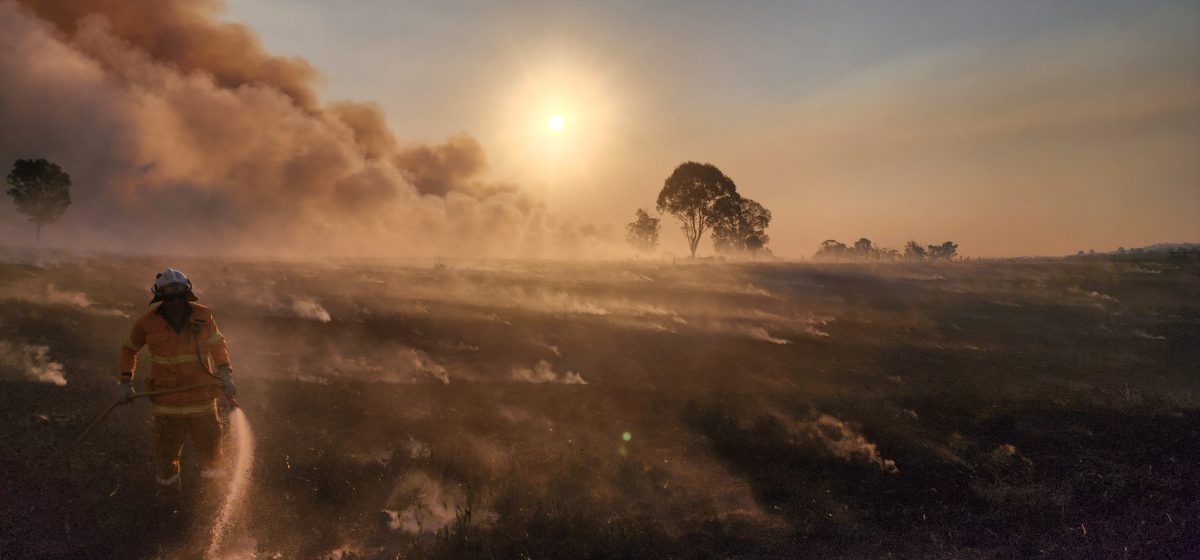
Firefighters conducting mitigation works on the outskirts of Moreton Bay, near Somerset Dam. Photo: Narangba RFB.
Within the past five years, the ELCA report found, half (52 per cent) of all Queenslanders have been forced to relocate due to natural disasters, or know someone who has.
The state also hosts a higher proportion of people who have experienced one or more floods (70 per cent), heatwaves (86 per cent) and/or cyclones and destructive storms (57 per cent) than any other Australian jurisdiction.
Apart from more mass bleaching events on the Great Barrier Reef, long-term climate projects show Queensland will suffer more hot days, more extreme bushfires and fewer but more intense cyclones.
To support Queenslanders, the report asks for the government to continue on its journey towards cutting climate pollution by 75 per cent and include the closure of all publicly owned coal-fired power stations by 2035.
It’s also demanding the state ensure both the Resilient Homes Fund and Household Resilience Program are informed by the most up-to-date climate risk projections and made ongoing, permanent programs. The report believes the state should work with the Federal Government to ensure dedicated funding is available, including for household buybacks, house raising and retrofitting.
These efforts are to address the damage brought by incidents such as the record-shattering ex-Tropical Cyclone Kirrily in January, which required more than half of Queensland’s local government areas to ask for disaster recovery funding. It also relates to the ”silent killer” heatwaves that increase ambulance calls by 12 per cent and claim 100 Queenslanders’ lives every year.
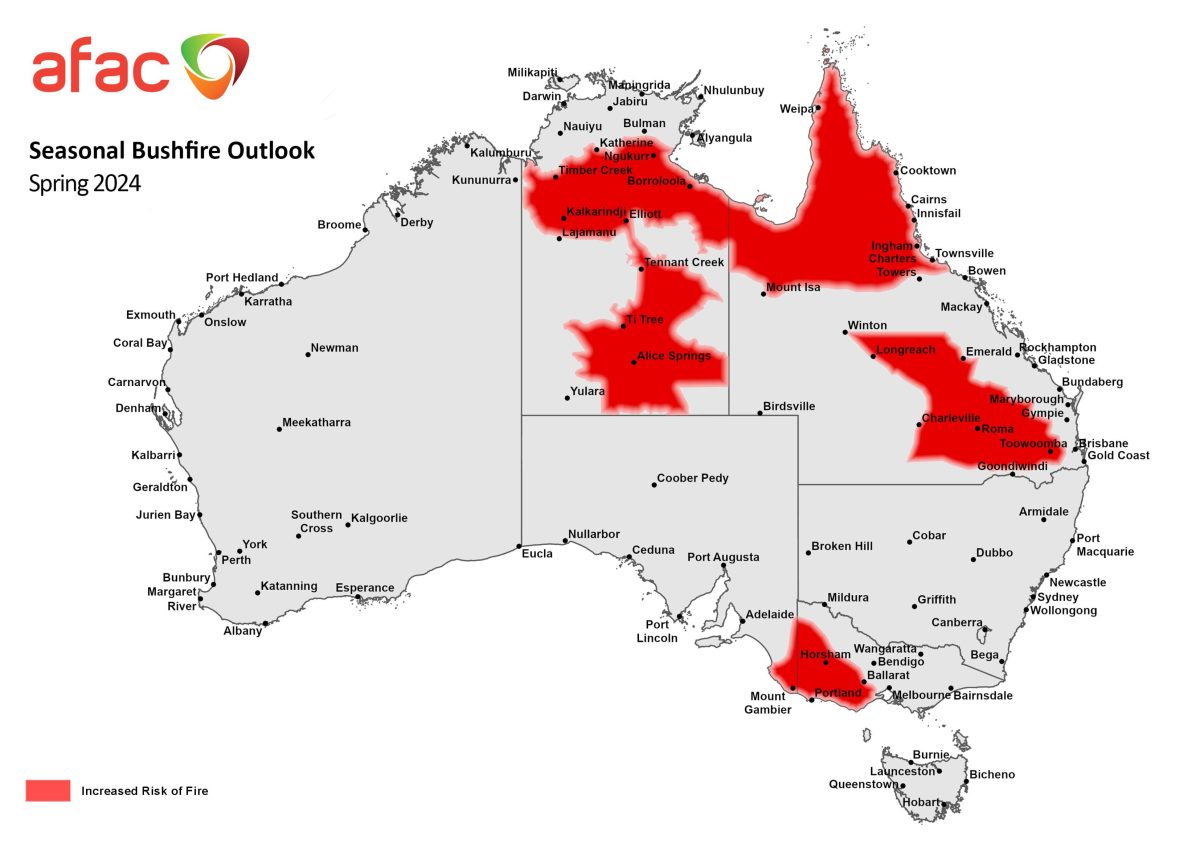
The report asks the Queensland and Federal governments to consider piloting a program of paid seasonal firefighters (like in Victoria and California), and establish new volunteer units to support community-led preparation and recovery. Source: AFAC.


